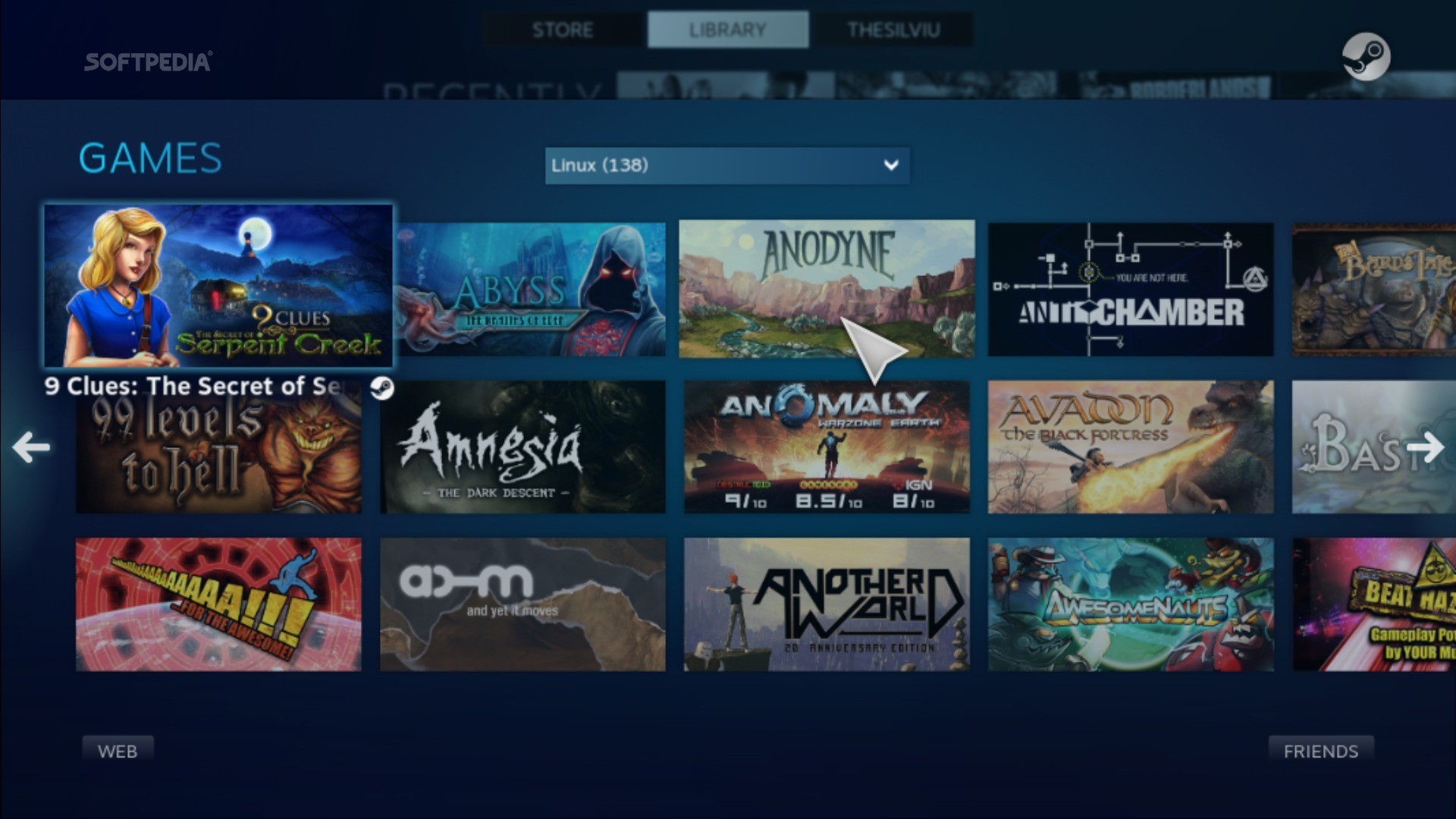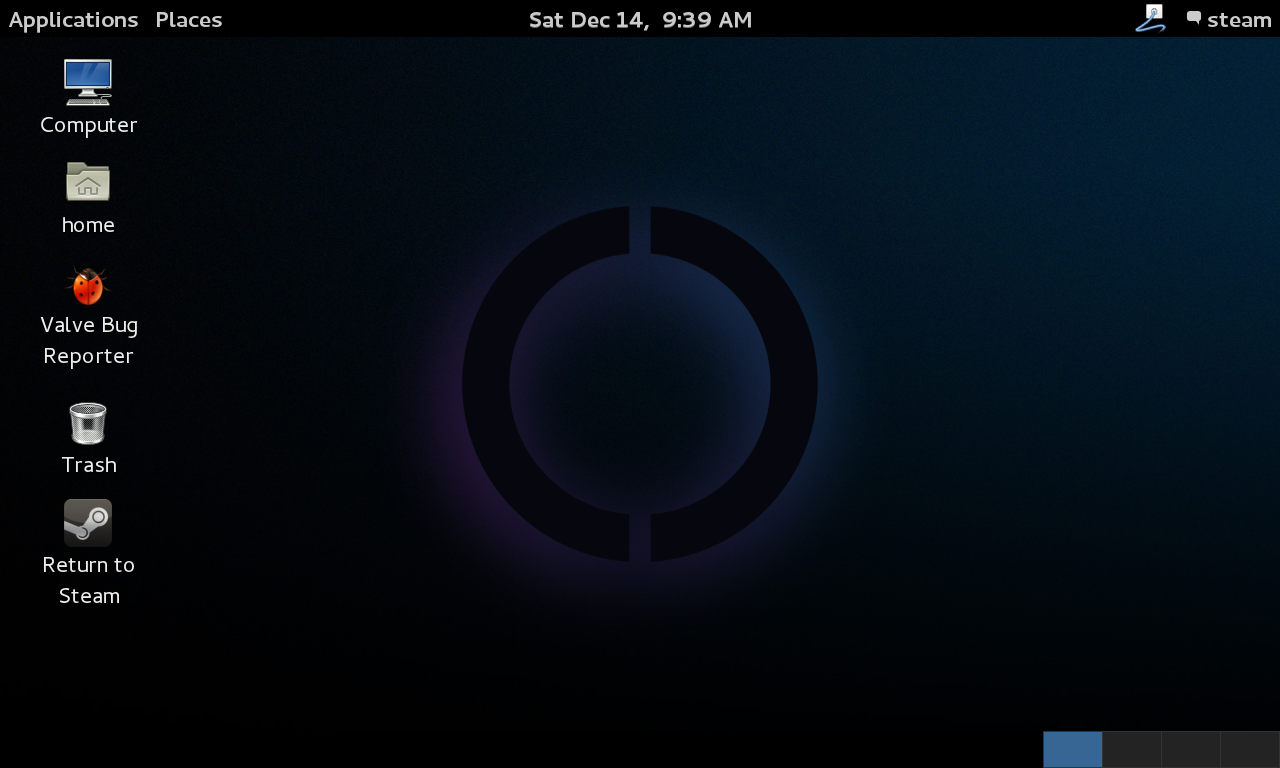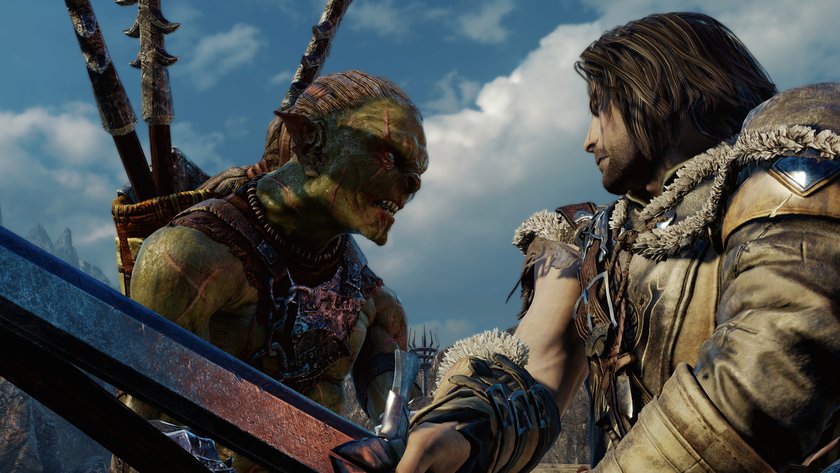One Week with SteamOS Brewmaster
I have built a living-room gaming PC just a couple of weeks ago, and for the past week I have installed and used the latest SteamOS’ build, called Brewmaster, just to give it a go while keeping a Windows partition as well for some games I cannot play on SteamOS just now - so I could compare both, Windows Steam Big Picture Mode vs SteamOS. And overall, I am pretty HAPPY with SteamOS. It’s finally getting to a point where it’s going to be a solid console-like experience, while a number of flaws still remain and need some urgent fixing before release. After all, there’s only so much time left before the Steam Machines hit the market.
On the good side, while this won’t be a concern for anyone who is is buying a Steam Machine off the shelf, the installation of SteamOS was completely flawless. It did take longer than the usual Linux distro installation (I would say, a good 45 minutes) and after the first boot you need to let SteamOS download the latest Steam client and run some final configuration scripts. But that’s pretty much it, and not too long after that, the system boots right into SteamOS from a 20-30 second boot (regular HDD, not SSD). It’s pretty fast, and for the most part everything is nicely configured:
- the nVidia proprietary drivers are already included and working by default
- My Xbox360 controller was recognized immediately
I did find one issue (a bug, actually, that I have promptly reported): sound did not work at first. I had to go into the settings to reconfigure the audio out for the proper HDMI out. My GPU has several HDMI ports and SteamOS did not detect the right one for sound output. A minor issue to fix, but the most troublesome part is that you need to reapply this fix EVERY single time you boot in SteamOS : it does not save the changes you have made, apparently. I sincerely hope they will fix that soon.
 This is what your typical Games Library would look like.
This is what your typical Games Library would look like.
Another small issue that’s keeping me from finding it perfect so far is the Xbox 360 support. Just like on some Linux distros, you get the blinking lights on the Controller instead of having a single light on the joypad. I have heard that the upstream SteamOS version is fixing this issue but the stable one, at the time of writing, still has this problem. I can live with it, but for a production machine that should not be acceptable, so I hope they roll out the changes soon.
SteamOS updates the Steam Client automatically when booting up, so it does not require any input or action from the user to keep it up to date. It’s well done and fast enough for you not to care, which is NOTHING like the PS4 system updates that use to take 10 minutes or so every time.
Now coming up to what matters, Gaming Experience:
- The Pretty, Pretty, Pretty Good: It’s everything you expect from the Big Picture Mode, and versus a regular OS, games tend to start pretty fast. Almost right after you click on the “Play” button. That reinforces the console-like experience, and you can certainly start playing the game faster than with a regular PS3 (I don’t own a PS4 so I cannot compare) where loading times feel longer and more tedious.
- No Vsync issues: That’s at least as far as I could test. On my Linux desktop I always had a couple of games with V-sync issues leading to tearing, requiring you to turn the compositor off. So far with SteamOS I have not seen that issue at all, even when testing the said games that gave me problems on desktop Linux. That is a relief.
- Much Better than Windows + Big Picture Mode: of course, Windows has MANY more games, so obviously the comparison here is not about how many games you have on Linux vs Windows - but when you install a game and run it for the first time, under Windows there is a very high likelihood that it will need to install some additional Microsoft library with 2-3 required steps - making you wait another 2-3 minutes after you click on “Play”, which is some serious shite. On SteamOS, you can forget about this, and once you download the game you are good to go, immediately. Great, great stuff.
- The Not So Good, but Expected Config Problem (as per my prior posts on the subject): in EVERY single game, you need to go and configure the graphic options, again and again, and again. This is tedious. And worse, the default settings are just plain bad for many games. I have a GTX970 on this living room PC and Metro started by giving me low details by default. Fuck that! Valve should implement a system to benchmark your configuration and then have an API for developers to detect that kind of hardware profile for devs to auto-setup their games to be as close as possible to what the machine can deliver well. Right now it feels really half baked. I’m not bothered by it since I am used to it as a PC gamer, but if you see SteamOS as a console-like system it just does not cut it.
- Games you Can Play: by default SteamOS detects the controllers you have on your PC to define what you can use to play games, and if you only have a joypad, it restricts the choice to a number of games that can be played with a joypad only. This is great, and there were about 87 games in my 300+ games library meeting that criteria. However, things are a little bit wierd. I think that Witcher 2 should be inside that list, but somehow it says a keyboard is needed. I have just finished Witcher 2 a couple of months back on my Linux desktop by using only a joypad, so I have no idea why it’s not part of that “Joypad-compatible” games. It feels a little inconsistent.
- Weird Dialogs: when Starting Crypt of the Necrodancer, the game asks whether you want to play it or run it in a window. HELLO?! We are on SteamOS, man, can you just assume we are running it full screen? This kind of nonsense from the devs has to be seriously ironed out. On top of that, the controller support is completely flawed in that game, for some reason my Xbox360 up is considered as being “right” and other directions are inverted as well. No idea what is going on here.
- Broken Games: that part is really, really disappointing. I had issues with Oddworld New’n Tasty on my Linux desktop, with the Xbox360’s pad controls not properly mapped, making it impossible for your character to “chant” in-game (and therefore breaking the player’s progression). I assumed that there was some issue with my configuration and that SteamOS would be flawless in that regard, Lo and behold, the very same issue exists in SteamOS, which makes the game impossible to finish with a pad, even though it’s clearly marked as a “Game you can play” with a joypad. That is just plain BAD. A console gamer would never get such a shitty experience. Such things don’t happen on consoles because Sony or Microsoft actually have an additional layer of QA before every game makes it to stores, but in our case it’s basically up to the devs. If they don’t care, it simply sucks.
- Weird Crashes: for some reason, I get reproducible crashes when I try to view a game through the “Specials” menu (going directly to the same game via other menus shows no issue). The whole client crashes. At the same time, SteamOS handles it gracefully: instead of freezing your machine or throwing you back to desktop mode, the Steam client restarts by itself. Not bad.
- Old Drivers? I think the latest nVidia driver used at the time of writing is the 346 something,while nVidia has already released the 352 lately. SteamOS should update once in a while the drivers by itself, but I am not sure why they are not rolling out the latest nVidia drivers automatically. Maybe Valve performs some tests before allowing the new drivers to be used ? This should not be a concern for most gamers, but since newer drivers may fix some game display issues it should be critical to be as close as possible to having the latest drivers in this time and age.
- A Certain Lack of AAA Games: I know, I know, we are getting there, progressively. There’s clearly more and more games available on Linux and the pace is pretty good. Still, it’s too bad games such as The Witcher 3 are still missing (while already announced) at the peak of their popularity. And while going through the 87 games list of what I can play with my controller, it is very clear that most of them are indie titles that I would probably give a whirl now and then but nothing that would keep me in front of my TV playing for hours in a row. This may be my own personal issue, and I guess it all depends on the kind of games you like to play in the first place and what expectations you have for a living room system. Then again, my assumption is that it’s just a matter of time and the situation should improve - it’s just that at launch in November, it won’t be massively better than what it is right now. Not bad, but not great either.
Additionally, and while it’s not related to gaming per se:
- No Local Video Player: While you can watch Streaming Videos through Steam, there is no way you can actually watch local media. This has become a de-facto standard expectation for consoles, and it’s a bit of shame that SteamOS is not providing that feature right off the bat. This has probably to do with licenses and product category issues (if your product can be considered as a video player you may have to pay additional taxes in specific countries, if I remember correctly), but nevertheless that’s a problem for the end user who wants to do everything on a single machine. Of course, you can install more stuff by yourself (see below), but that’s not as good as having everything ready for you. And so far, there is no Netflix / Hulu application either, while consoles have such features already.
- Desktop Access: by default the desktop access is locked, but you can easily unlock it from the settings and go back to a familiar Gnome 3 desktop. The idea is that you can then install stuff like Kodi (ex XBMC) and then add it as a launcher in SteamOS. Or maybe even do the opposite, boot right into Kodi and install the extension to launch Steam games into Kodi if you like :) That flexibility is great.
 This is what the desktop looks like by default. When you install the system you will need to setup your internet connection once via the desktop mode, and then you can forget about it you wish.
This is what the desktop looks like by default. When you install the system you will need to setup your internet connection once via the desktop mode, and then you can forget about it you wish.
Overall, Valve has done some solid work on SteamOS. There are still some unfortunate issues but even right now, it’s at a usable stage and I will keep my default boot as SteamOS to see how things improve over time. Now, just to summarize, we need the following in the near future:
- Must-Have: The key SteamOS bugs to be fixed
- Must-Have: A benchmarking/auto-config system for Graphic Details
- Must-Have: Devs to give a shit about their SteamOS/Linux versions
- Must-Have: More recent drivers.
- Nice-to-Have: Video Playback/Netflix/etc
- Nice-to-Have: More AAA Games, still.
Just as I mentioned before, I don’t see SteamOS being very interesting as a “console-like” option in this Winter 2015. People keep focusing on the fact there are 1400 games on Steam for Linux, but the same people would not even want to play 70% of those games unless they had a gun down their throat, so let’s not kid ourselves: we should not put numbers before quality, and that’s what Aspyr, Feral and VP are doing by bringing us high quality games one by one instead of doing easy ports.
 The latest port from Feral, Shadow of Mordor suffers from poorer performance on Linux vs the Windows version.
The latest port from Feral, Shadow of Mordor suffers from poorer performance on Linux vs the Windows version.
But in 2016, 2017 ? Well, if the pace of Linux releases continues as it is, give it a couple of years and SteamOS based-hardware will start to look like a very serious contender for home gaming. First, hardware will get better and a 2016/2017 SteamOS 500 USD device will be massively more powerful than a PS4 or Xbox One. There will be much more AAA titles that gamers want to play, and hopefully Linux performance gaps will be a thing of the past - maybe Vulkan in 2016 will help in that regard, while we have no data yet to suggest how well it will perform vs DX12.
So, after one week playing games on SteamOS, I’m now positive Valve is on to something serious, while it needs a little more work here and there for the gaming part, obviously more “big” games, and hopefully new services to complete the offering (movies, streaming, etc).
